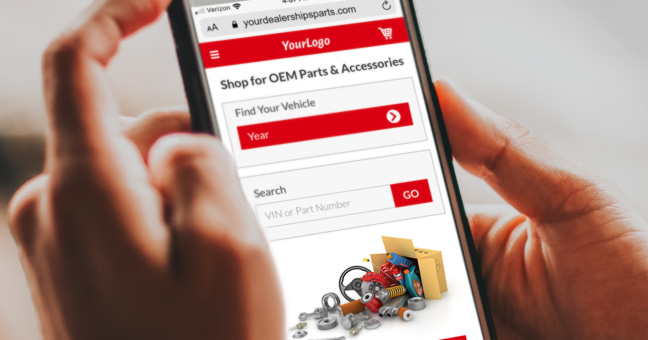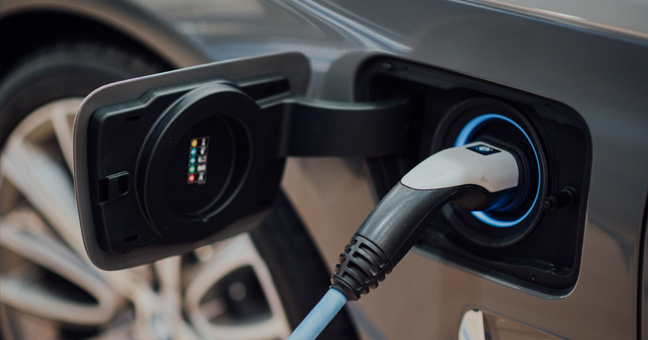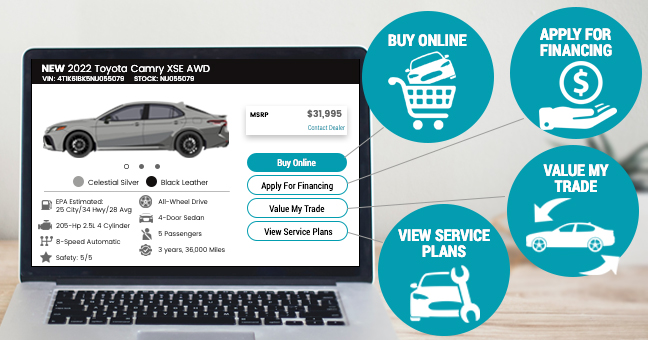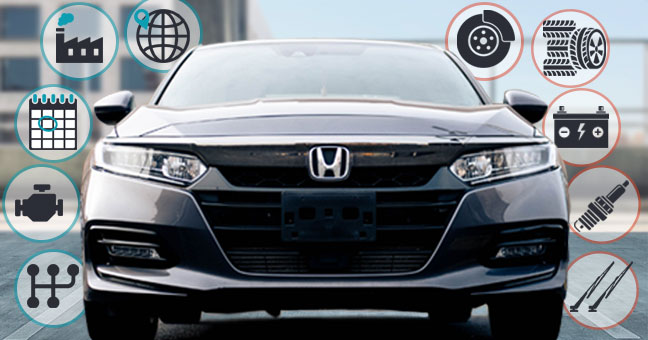This post has been republished with fully updated content since its original publish date in Nov 2015
Managing a fleet, big or small, is not an easy task. There are several items to account for and challenges to overcome in order to run a successful fleet. Some of these include saving money on fuel, ensuring the safety and job satisfaction of your drivers, keeping up with vehicle maintenance and repairs, etc.
Read More
Topics:
Logistics,
Fuel Economy,
Fleet Management
As electric vehicles (EVs) continue to be one of the hot topics for discussion in the auto industry, and more consumers consider making the switch from their traditional internal combustion engine (ICE) vehicles, there are many questions that come along with EVs. Many of these questions are related to battery range and life expectancy, as well as charging infrastructure and the purchasing or leasing of EVs.
Though we were able to find many helpful resources that provide some great information on the questions included in this article, getting definitive answers has proven to be quite challenging, especially for some of the most pressing questions. In fact, researching answers to these questions has raised even more questions, which we will likely address in other articles. While we don’t have all the answers, we hope this article will help educate consumers, as well as other businesses in the industry looking to gain some EV knowledge.
Read More
Topics:
Electric Vehicles
This post has been republished with updates since its original publish date in March 2012
You've tried to decode a VIN, or a handful of VINs, but for whatever reason you keep getting an invalid VIN message. This can be extremely frustrating, especially if you have no idea what might be causing the failed decode(s). There are quite a few reasons why a VIN won't decode.
If you're having trouble decoding vehicles in your inventory, consider this list of errors and challenges commonly faced when working with Vehicle Identification Numbers.
Read More
Topics:
Automotive Data,
VIN
While parts and accessories sales are one of the most profitable revenue streams for your dealership (along with fixed ops), it’s a highly competitive market, especially online. Online part sales are a multi-billion dollar business ($12 billion in 2019, ~$16 billion in 2020), largely dominated by retail giants like Amazon and eBay, along with major aftermarket parts retailers (Auto Zone, O’Reilly, Advanced Auto Parts, etc.)
According to Hedges & Company, in 2019, Amazon sold $8 billion in parts ($5.3 billion 1st party sales), accounting for 2/3 of all online parts sales in the US. And as of the latest study, they were on track to pass $10 billion in 2020. These numbers may be intimidating, but there is still room for your dealership to have a successful online parts business.
Read More
Topics:
Parts & Services
“Right to Repair” is a general term for legislation that permits buyers to repair and modify their purchases, from electronic devices, such as smart phones and computers, to motorized vehicles, including cars and tractors.
In the automotive industry, Massachusetts was the first state to pass a law (in 2012) requiring OEMs to provide the necessary documents and information to allow anyone to safely repair their vehicles. As a result of the law, vehicle owners and independent repair facilities have access to the same diagnostic and repair information, through an on-board diagnostics port (OBD2), that automakers typically made available only to certified service centers.
However, there is one exception to the rule: wireless telematics systems.
Read More
Topics:
Parts & Services
A couple of years ago, we wrote an article about the extinction of internal combustion engines and the rise of electric vehicles. However, there were several roadblocks that were slowing down the speed of adoption, including high battery costs, the lack of infrastructure, and the desire for bigger vehicles that didn’t offer electric alternatives at the time.
As the auto industry adjusts to business post-pandemic, it appears that electric vehicles are picking up pace again with increasingly more OEMs offering electrified options in their model lineups. The current White House administration has urged OEMs to increase the production of electric vehicles to the point where they will make up more than 50% of new vehicle sales by 2030, according to MarketWatch. In this article, we thought it would be helpful to highlight some of the prominent factors that are supporting the current rise of electric vehicles.
Read More
Topics:
Electric Vehicles
Digital retailing has been a hot topic in the auto industry for quite some time now, especially during the height of the pandemic where many dealers were nudged to move vehicle sales online. I had written a roundup (view here) a little over a year ago about how to improve the car buying experience in a changing economy, which was largely centered around the idea of consumers looking for an end-to-end digital buying experience.
While the world seems to be getting back to normal, or a “new normal,” digital retailing is here to stay. And though the majority of vehicle purchases still involve a trip to the dealership for several steps in the buying process, 86% of shoppers (according to a recent Cox Automotive study) still want the save time spent at the dealership with the ability to complete as many steps online as they desire.
Read More
Topics:
Dealers,
Digital Retailing
Having trouble decoding Recreational Vehicle (RV) VINs, or not obtaining as much information from the VIN as you’d hoped? You are not alone. RV VINs, particularly for motorhomes, are some of the most challenging to decode.
There are a few prominent reasons why RV VINs are more challenging to decode than a standard vehicle VIN, including the way they are built, the level of customization, and the lack of VIN standardization (for motorhomes).
Read More
Topics:
VIN
Identifying the correct vehicle details and part fitment data by VIN is valuable for many repair shops, parts suppliers, and any other business dealing with the maintenance and service of vehicles. However, VIN data and part fitment data are quite different and therefore not commonly sourced and licensed under the same roof.
Typically, a VIN database and parts fitment catalog will need to be licensed separately and associated or mapped to each other, in order to identify parts for a specific vehicle by VIN. In this article, we cover what to expect from each database as well as how your business may go about identifying vehicle parts by VIN in the most efficient manner.
Read More
Topics:
VIN,
Parts & Services
In a previous article, we discussed how businesses can leverage a commercial VIN decoding solution to identify vehicle specs by VIN, as well as which specs are often included. In this article, we are going to dive into which businesses benefit from this functionality. The short answer is just about any industry that has anything to do with vehicles, their maintenance, financing, insurance, or transportation. Here’s a deeper dive into some of the most popular use cases for vehicle specs identification by VIN:
Read More
Topics:
Logistics,
VIN,
Parts & Services,
Insurance,
Vehicle Equipment,
Dealers,
Fleet Management,
Risk Management










